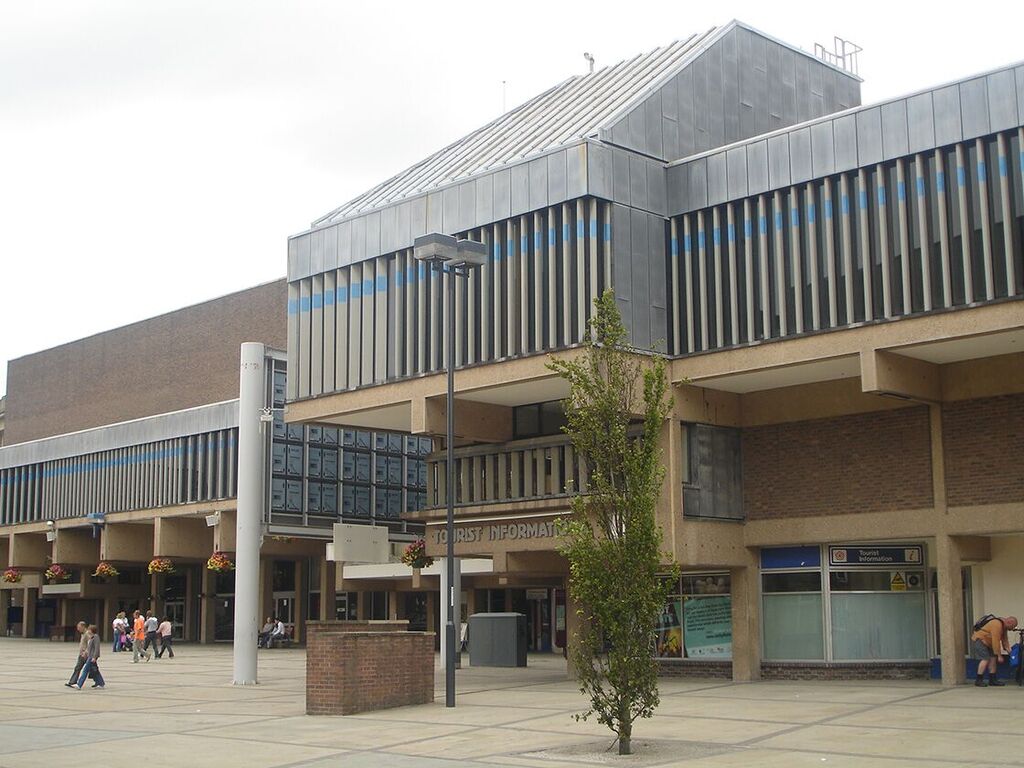Derby: Engineering the Twentieth Century

Derby: Engineering the Twentieth Century
Saturday 2nd September 9.15am – 5.00pm
“Derby’s contribution to the national heritage has, appropriately enough, been concerned less with culture than with industrial endeavour and innovation.”
R. H. Obsorne.
Led by local historian Chris Matthews, the tour will conveniently take in all the following sites via a morning walk and afternoon coach tour. Further details about the locations and schedule can be seen below.
The Locations
Historically Derby has been often been conveniently sited for industrial development. In the nineteenth century it was home to the Midland Railway, which was later submerged into the LMS and then British Rail. In the early twentieth century Derby town council pursued a policy of attracting new industry with low cost municipal energy. This successfully attracted Rolls Royce, who are today the largest engineering company in Britain, and the only one capable of delivering power for land, sea and air.
As such, Derby features some of the most important engineering sites of the twentieth century, with Rolls Royce’s Marble Hall (1912, 1938) and Engineering Centre (1961-8, Fry, Drew & Partners); the London, Midland and Scotland Transport School (1937-8, W. H. Hamlyn); and the British Railway Technical Centre (1964, Dr F. C. Curtis with A. H. Cantrell). The city’s central location was also key in the siting of Olivetti’s regional offices (1970-1, Edward Cullianan), recently described by Hugh Pearman as a ‘pioneering building’ with a ‘rakish kit-of-parts plywood superstructure’.
Partly thanks to Rolls Royce, Derby’s growth during the interwar period was considerable, necessitating a significant improvement plan by the Borough Architect C. H. Aslin, (including law courts, police station, council house, swimming pool, gardens and housing), alongside various commercial rebuilding. Derby gained city status in 1977, and The Assembly Rooms (1971-6, Casson, Condor & Partners), and Quad Arts Centre (2004-8, Feilden Clegg Bradley), are reflective of that continued ambition.
Derby is also an historic county town with a medieval street pattern, and many good buildings from the age of enlightenment onwards. In fact Derby’s contribution to the modern era and scientific thought has been significant, including the works of Erasmus Darwin, John Flamstead, Herbert Spencer and J.A. Hobson. The art gallery and museum houses the most extensive collection of paintings by Joseph Wright – a late eighteenth century artist most notable for his depiction of science and industry.
Schedule
9:15 - 9.30am Meet outside Derby Station, beside the Midland Railway emblem
9.30am Begin City Centre Walk, taking in interwar commercial development
10.15am Internal Visit: Art Gallery, look at Joseph Wright collection
11.00am Walk around the C.H. Aslin’s civic ensemble
11.30am Internal Visit: Crown Courts
12.00am Lunch
1.00pm Board Bus at Derby Cathedral
1.15pm Internal Visit: Fresh Logistics, (former Olivetti building), Downing Road
2.00pm External Visit: Rolls Royce Marble Hall, 80 Nightingale Rd
2.30pm External Visit: Rolls Royce, Moor Lane
3.00pm External Visit: RTC Business Park (former British Rail Technical Centre), London Road
3.30pm Internal Visit: Derby Conference Centre (former LMS Transport School), London Road
4.00pm Refreshments proved by Derby Conference Centre
4.30pm Return to Train Station
Lunch
Lunch will not be provided but there will be an hour for lunch, and the following are recommended: The Exeter Arms Pub; The Pyclet Parlour, Market Hall; Quad; The Tap
Afternoon Refreshments
Tea, coffee, biscuits and sandwiches will provided at the end of the tour, at the former LMS Transport School
Members £25.00 Non Members £30.00